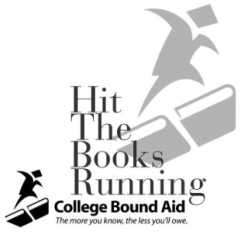
Name: Estefania
Age: 14
Estefania has always liked clothes and wants to be a fashion designer. One day Estefania found herself with free time on her hands so she decided to find out more information about becoming a fashion designer.
(1) First Estefania visited MappingYourFuture.org.
(2) Then she clicked the explore careers link in the left column.
(3) Next she clicked the Research Careers link.
(4) Estefania was transported to the CareerShip web page. On the site she clicked the Career Search link. Then she typed Fashion Designer into the search box and clicked the arrow next to the box. Estefania was taken to a web page with her search results.
(5) Then she clicked Fashion Designers to get information. Estefania now found herself on a web page called Career Summary. On it she could read all about what fashion designers do. After reading everything, Estefania decided to find out which colleges had her major.
(6) Estefania visited CollegeBoard.com to begin her search. First she clicked For Students on the College Board home page.
(7) Then under the Find a College heading, she clicked Careers and Majors.
(8) Next Estefania clicked the plus (+) sign next to Arts, Visual, and Performing. Then she clicked on the plus (+) sign next to Design and Applied Arts.
(9) On the list, Estefania clicked on Fashion Design.
(10) On the webpage Estefania found more information about Fashion Design. To find out which schools offered Fashion Design as a major, Estefania clicked the Find out now link in the right hand column.
A list of 127 colleges came up for Estefania to explore. Using the boxes above the results list she could sort the result list alphabetically, by cost, by SAT score requirements, and more!













